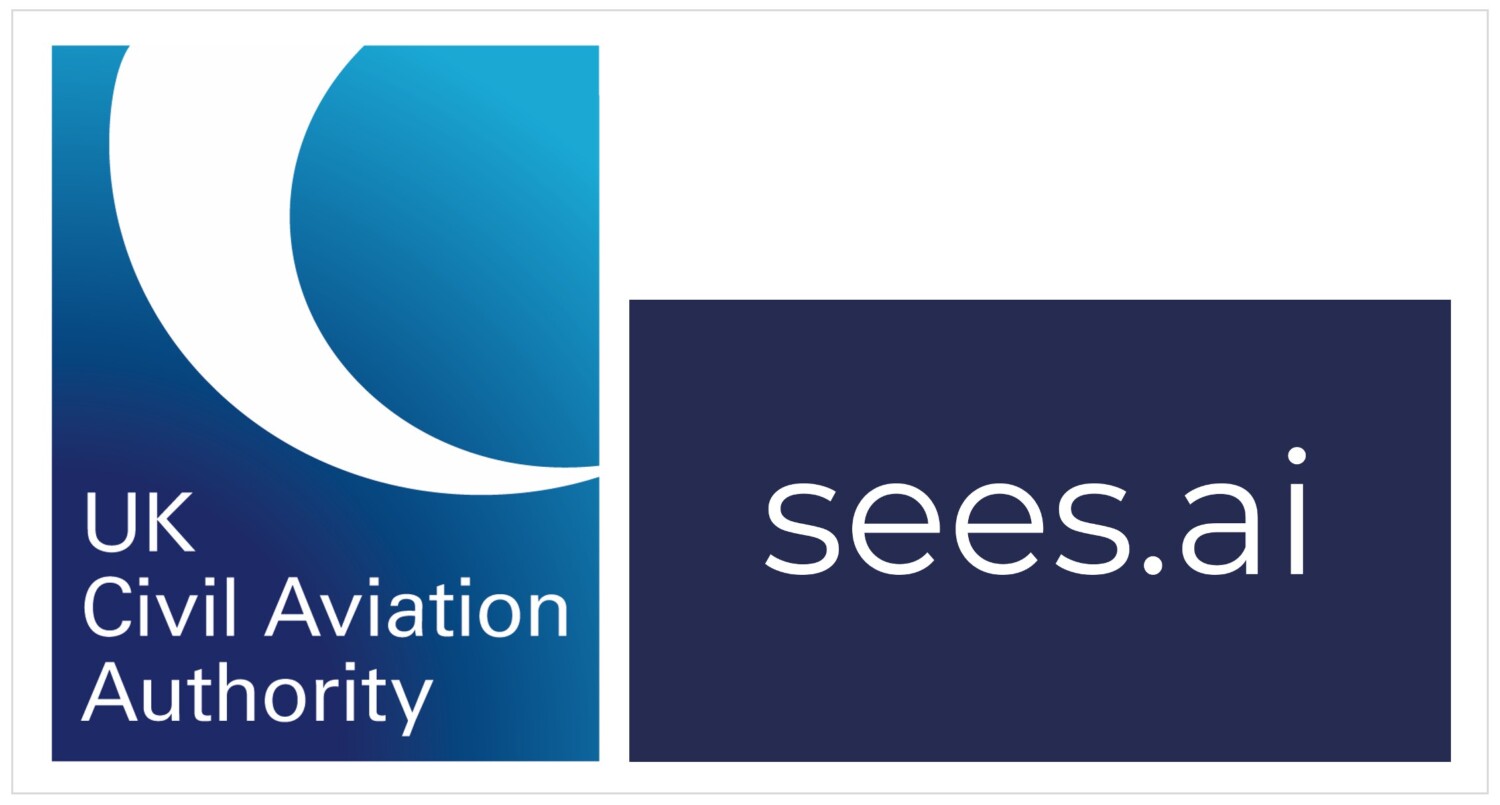 In a significant step forward for the drone industry, beyond visual line of sight (BVLOS) command & control solution developer sees.ai has become the first company in the UK to secure authorisation from the UK Civil Aviation Authority (CAA) to trial a concept for routine Beyond Visual Line of Sight (BVLOS) operations.
In a significant step forward for the drone industry, beyond visual line of sight (BVLOS) command & control solution developer sees.ai has become the first company in the UK to secure authorisation from the UK Civil Aviation Authority (CAA) to trial a concept for routine Beyond Visual Line of Sight (BVLOS) operations.
The permissions come as part of a test project to prove the concept ahead of potentially opening it up to the wider market.
The authorisation enables sees.ai to fly BVLOS at three nominated sites without needing to pre-authorise each flight. By removing this limitation, this permission fires the starting gun for the next phase of growth of the drone industry, during which the potential of BVLOS to significantly increase operational effectiveness and efficiency will be considered.
The authorisation allows BVLOS flights to occur under 150 ft and initially requires an observer to remain in visual line of sight with the aircraft and able to communicate with the remote pilot if necessary. By testing the concept in industrial environments for inspection, monitoring and maintenance purposes, sees.ai aims to prove the safety of its system within this context initially, before extending it to address increasingly challenging missions over time.
Innovators and the CAA continue to work on solutions to further the safety of future missions through new technologies such as automatic detect and avoid systems. Data gathered from these test flights will be used to consider the success of the operations and whether the risk and hazard assessments can be used to cover generic risks beyond the three trial sites.
This significant step forward was delivered under guidance from the UK CAA Innovation Sandbox. The Sandbox was set up in May 2019 to create an environment where innovation in aviation can be explored in line with CAA core principles of safety, security and consumer protection. sees.ai, whose senior team includes ex Arup, Apple, CERN, McLaren and hedge fund employees was one of the first entities selected into the Sandbox in September 2019.
The authorisation is also an early win for UK Research & Innovation’s recent aviation & aerospace initiative, the Future Flight Challenge. Within the current ‘Phase 2’ of this Challenge, sees.ai is leading a project to enable commercial BVLOS drone services at scale alongside manned aviation. Backed by government grant funding and supported by technical partners including NATS, BAE Systems, Vodafone, Met Office, Flock and the University of Bristol’s Smart Internet Lab, this project will put sees.ai’s BVLOS solution in the hands of two of the world’s leading drone service providers, TerraDrone and SkyFutures, to address ten increasingly challenging trials with end-clients including Skanska, Skanska Costain STRABAG working in partnership with HS2, Sellafield, Vodafone, Lancashire Fire and Rescue Service, Network Rail and Atkins.
John McKenna, CEO at sees.ai said:
“We are accelerating towards a future where drones fly autonomously at scale – high up alongside manned aviation and low down inside our industrial sites, suburbs and cities. Securing this UK-first permission is a major step on this journey which will deliver big benefits to society across public health & safety, efficiency and environmental impact. We are hugely grateful to the CAA’s innovation & regulatory teams for their support and guidance in helping us reach this significant milestone and we look forward to working with them as we continue to advance what’s safe and possible.”
David Tait, Head of Innovation at the UK Civil Aviation Authority, said:
“Our innovation team was set up to meet the rapid pace of technological advances in the UK, so to see businesses like sees.ai thriving and creating world-leading solutions that will benefit infrastructure and markets is really exciting.
“We are proud to have played our part in sustaining the UK’s position as one of the greatest locations in the world for innovative companies.”
Unless they have specific permissions, all other drone operators must keep their aircraft within line of sight and follow the drone code.
Source: Press Release
